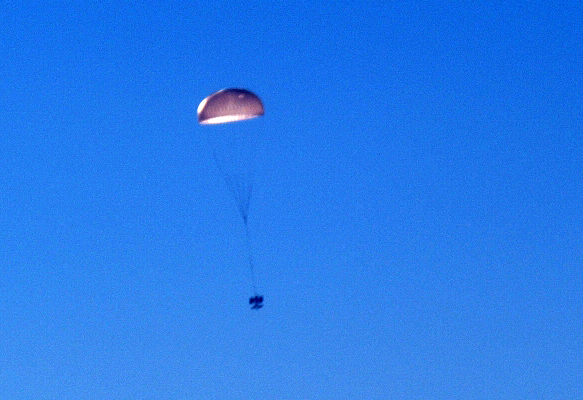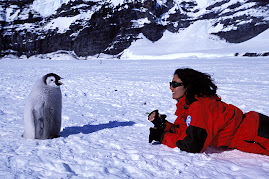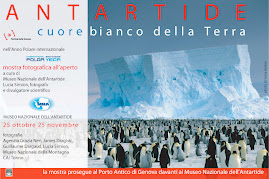
BAS Press release, January 15, 2008
A four-man science team led by British Antarctic Survey’s (BAS) Dr Andy Smith has begun exploring an ancient lake hidden deep beneath Antarctica’s ice sheet. The lake – the size of Lake Windermere (UK) – could yield vital clues to life on Earth, climate change and future sea-level rise.
Glaciologist Dr Smith and his colleagues from the Universities of Edinburgh and Northumbria are camped out at one of the most remote places on Earth conducting a series of experiments on the ice. He says,
“This is the first phase of what we think is an incredibly exciting project. We know the lake is 3.2km beneath the ice; long and thin and around 18 km2 in area. First results from our experiments have shown the lake is 105m deep. This means Lake Ellsworth is a deep-water body and confirms the lake as an ideal site for future exploration missions to detect microbial life and recover climate records.
“If the survey work goes well, the next phase will be to build a probe, drill down into the lake and explore and sample the lake water. The UK could do this as soon as 2012/13.”
This ambitious exploration of ‘subglacial’ Lake Ellsworth, West Antarctica, involves scientists from 14 UK universities and research institutes, as well as colleagues from Chile, USA, Sweden, Belgium, Germany and New Zealand. The International Polar Year* project Principal Investigator is Professor Martin Siegert from the University of Edinburgh. He says, “We are particularly interested in Lake Ellsworth because it’s likely to have been isolated from the surface for hundreds of thousands of years. Radar measurements made previously from aircraft surveys suggest that the lake is connected to others that could drain ice from the West Antarctic Ice sheet to the ocean and contribute to sea-level rise.”
Professor Siegert is already planning the lake’s future exploration. He continues,
“Around 150 lakes have been discovered beneath Antarctica’s vast ice sheet and so far little is known about them. Getting into the lake is a huge technological challenge but the effort is worth it. These lakes are important for a number of reasons. For example, because water acts as a lubricant to the ice above they may influence how the ice sheet flows. Their potential for unusual life forms could shed new light on evolution of life in harsh conditions; lake-floor sediments could yield vital clues to past climate. They can also help us understand the extraterrestrial environment of Europa (one of the moons of Jupiter).”
Issued jointly by British Antarctic Survey, University of Edinburgh and Northumbria University
ILLUSTRATION:



















